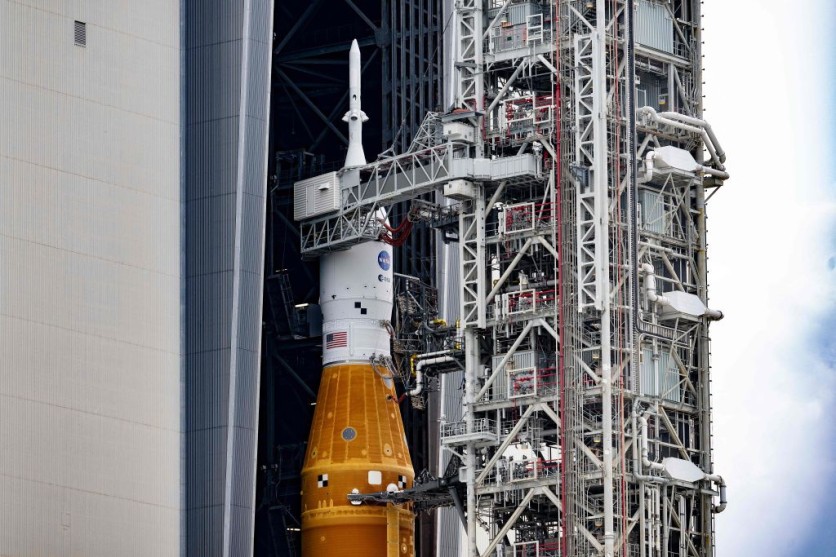NASA has been attempting to punch its ticket to the moon for the past few months now, but to no avail, it had to delay the launch of its massive rockets several times due to technical glitches and tropical storms.
The Artemis 1 Moon Mission was supposed to be gearing up for its Nov. 14 launch from Florida's Kennedy Space Center (KSC). However, the space agency has decided to push back the launch date once more due to Tropical Storm Nicole.
If anything goes as planned, NASA may finally fire its moon rocket with flying colors on Wednesday, Nov. 16.

Looming Expiration
There are now worries that some of the Artemis 1 moon mission hardware may become obsolete before launching as a result of the program's latest postponement, as reported first by Space.com.
For instance, the mission's two Northrop Grumman-built solid rocket boosters face several important deadlines. NASA will have to examine the boosters to determine whether they can still be fired with their current expiration dates if Artemis 1 hasn't launched by the middle of December.
According to the most recent evaluations performed by the team, numerous booster components for the SLS vehicle are approaching their current expiration dates, NASA officials informed reporters about this during a media briefing on Nov. 3.
As soon as a rocket is stacked, according to Cliff Lanham, senior vehicle operations manager of the KSC Exploration Ground Systems Program, a countdown begins. Hence, the Artemis 1 vehicle's countdown is currently running out.
Lanham said that one piece expires on Dec. 9 and another on Dec. 14. A separate environmental exposure will also expire on Dec. 15.
If the moon mission fails to launch by those dates, the team will need to perform additional investigations to determine if the expiration dates on the rockets could be extended, according to Jim Free, associate administrator of the Exploration Systems Development Mission Directorate at NASA headquarters.
Long-Delayed Mission
The initial launch of Artemis 1 was delayed by a month due to technical issues. NASA was forced to postpone the September launch due to Hurricane Ian, and the moon rocket had to be shelved back at KSC's Vehicle Assembly Building (VAB).
As soon as the tropical storm has passed the Florida coast, NASA assures that teams are ready to continue where they left off. Technicians will conduct walk downs and inspections at the launch pad upon their arrival to ascertain the state of the rocket and spacecraft.
The launch would take place on Nov. 16 over a two-hour window commencing at 1:04 am EST, and the splashdown would happen on Dec. 11. NASA will work with the US Space Force to develop a backup launch opportunity for Saturday, November 19, in the event that the Wednesday launch is once more postponed.
This article is owned by Tech Times
Written by Jace Dela Cruz
ⓒ 2025 TECHTIMES.com All rights reserved. Do not reproduce without permission.




